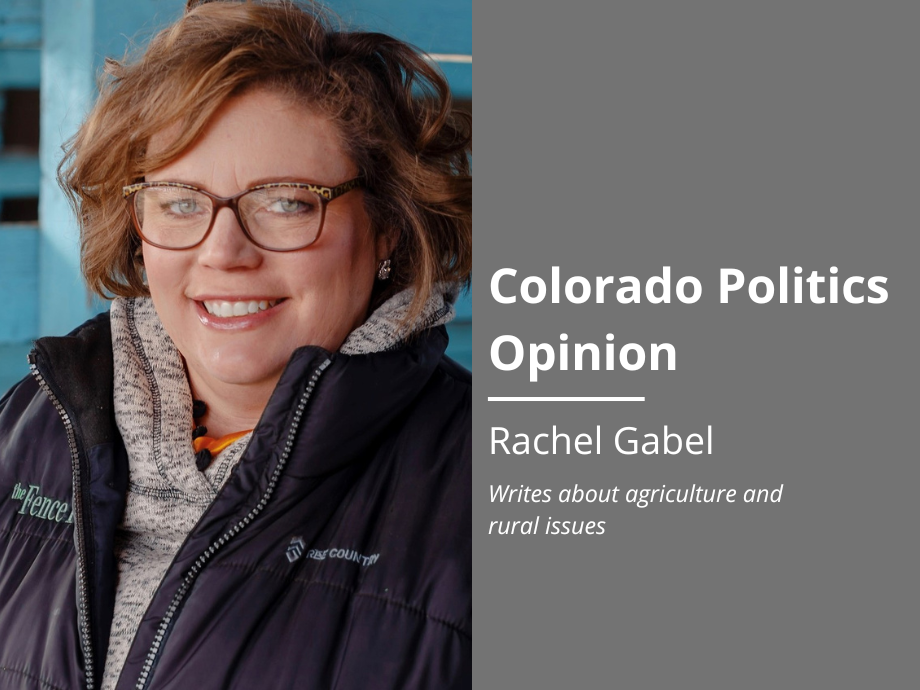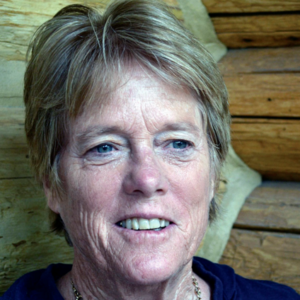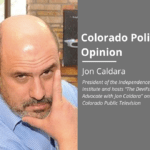Don’t ruin how ranchers help conserve public lands | GABEL


Congress passed the Taylor Grazing Act of 1934, which was named after Rep. Edward Taylor of Colorado and created grazing districts. In these districts, grazing use was apportioned and regulated, and it slowed and helped put an end to the range wars between cattlemen and sheepherders, and remedied overgrazing by guaranteeing land availability.
The Federal Land Policy and Management Act of 1976 (FLPMA) stated that federal land should remain under federal ownership and established a regulatory system for the U.S. Bureau of Land Management (BLM) to manage federal lands. The act set out a multiple use management policy for the BLM in which the agency would balance its management of the land to meet diverse needs, including recreation, grazing, timber and mineral production, fish and wildlife protection, and oil and gas production. In addition, the law affirmed existing grazing rights, water rights, oil and gas leases and mining claims. It was signed into law in 1976 by President Gerald Ford.
That multiple use designation is one of the basics at stake in the BLM’s proposed rule titled “Strengthening the Stewardship of America’s Public Lands.” The rule would make conservation one of the uses on equal footing as the uses listed above. It would apply land health standards to all BLM-managed public lands and revise existing regulations to meet the requirement to protect Areas of Critical Environmental Concern set forth in FLPMA.
There are several glaring problems with the proposed rule, the least of which is not the secretive, “gotcha” moment the proposed rule was posted to the Federal Register and submitted for public comment. Many ranches graze BLM lands and have for generations. They do so with an expectation of predictability from the BLM, not a proposed rule that jumps out of a dark closet in the middle of calving season and an all-hands-on-deck-type conversation about wolves. The timing isn’t a good look for the BLM.
The National Cattlemen’s Beef Association and Public Lands Council were quick to denounce the proposed rule, saying it would jeopardize the agency’s ability to be a good partner to the ranchers who manage millions of acres across the western United States.
One of the issues with the proposed rule is the designation of ACECs. Anyone can nominate an area for ACEC designation and the process to determine an area’s need for the designation is willy-nilly, even for the federal government. Land health standards are applied to the area and a determination is made to whether or not it is meeting or not meeting standards. According to Kaitlynn Glover, a good Wyoming-raised woman, and the NCBA executive director of natural resources and PLC executive director, the land health standards are applied only to grazing allotments. So if it doesn’t meet standards, the blame lands squarely on grazing, despite fire damage, surface-disturbing activities, recreational access, or other human activities. Damned if you do, damned if you don’t.
Of all of the multiple uses recognized by the BLM, grazing is the only use that is, in itself, a conservation practice and is done according to a Resource Management Plan. These RMP are to be updated every 10-ish years, but the backlog at the BLM is, in some cases, decades deep. If I were a betting woman, I would anticipate that anti-livestock extremist groups would throw ACEC nominations at the BLM like confetti in an attempt to get permittees off the land by way of this rule. In Colorado, there are about 450,000 public acres designated ACEC and the majority have grazing on them. It certainly raises questions about those ACEC acres that are grazed by BLM-managed wild horses and how land health assessments would reflect on the horses and the management decisions that allow them to remain on the landscape.
Sen. John Hoeven (R-North Dakota), a member of the Senate Appropriations Committee, has already called for the proposed rule to be rescinded. Hoeven said in a statement the proposed rule would “lock away federal lands in conflict with the longstanding tradition of multiple use requirements established by Congress.” To Hoeven’s point, it is not just grazing permittees that would lose access to the multiple use public lands if conservation leases slam the door on public lands for all uses.
Ranchers have long stewarded and cared for public lands. They cooperate with other users and bring great economic benefit to the land. Taking the ranchers who have conserved the land for generations off the landscape – along with the conservation benefits of grazing – in the name of conservation managed by the feds is akin to throwing the land to the wolves.
Rachel Gabel writes about agriculture and rural issues. She is assistant editor of The Fence Post Magazine, the region’s preeminent agriculture publication. Gabel is a daughter of the state’s oil and gas industry and a member of one of the state’s 12,000 cattle-raising families, and she has authored children’s books used in hundreds of classrooms to teach students about agriculture.












